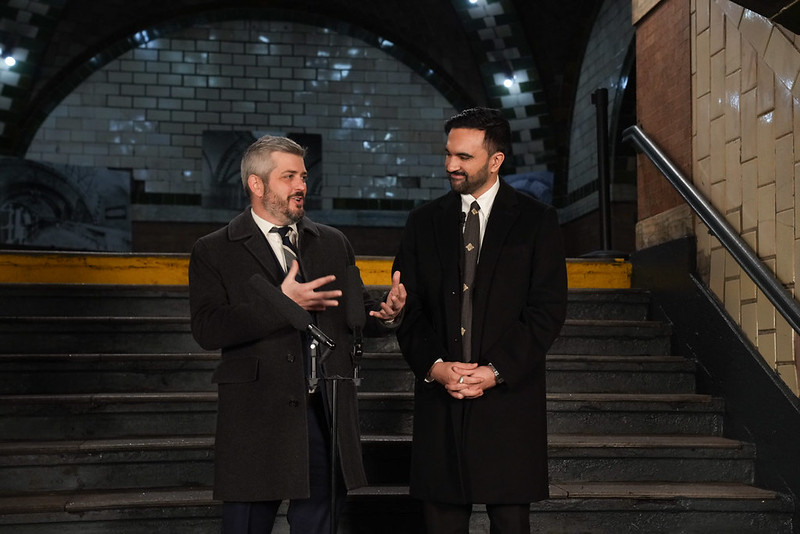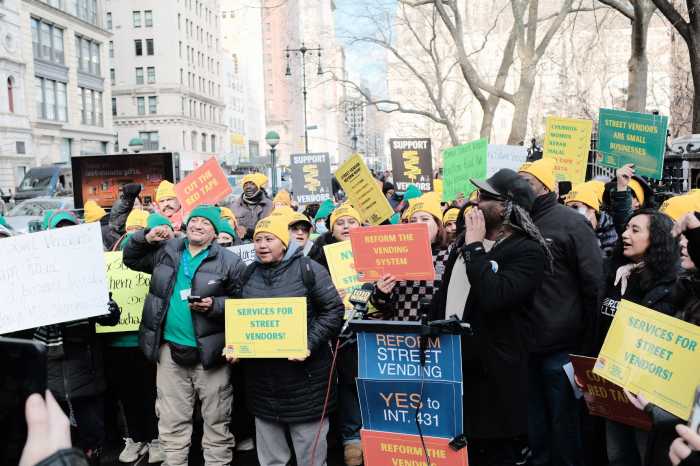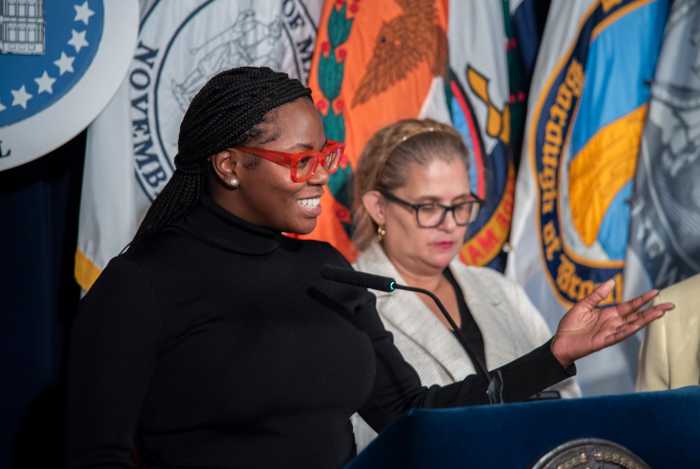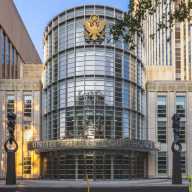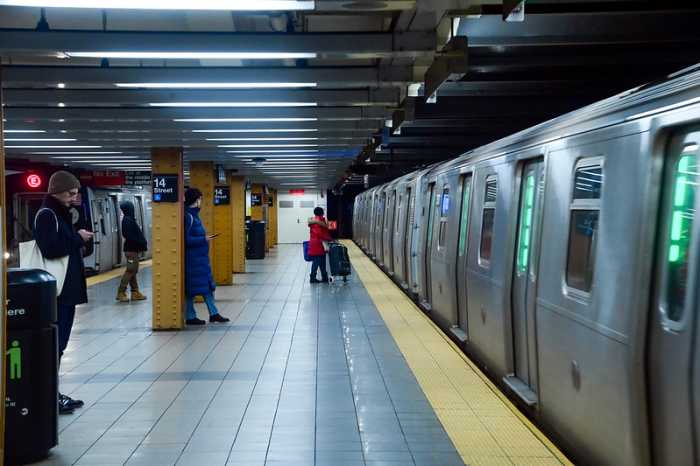By Bill Parry
The controversial plan by Phipps Houses to build a ten-story, 209-unit residential building called The Barnett, with 100 percent mixed-income affordable housing, on the northern edge of Sunnyside Gardens had its public hearing with Community Board 2 week. More than 150 Sunnyside residents attended and complained the project would add stress to area infrastructure, add more students to overcrowded schools, worsen traffic and remove parking places.
“You know, we’ve done 25 of these public hearing in the UULURP process and this was the first time we encountered a lot of angry resistance,” Phipps Houses Vice President Michael Wadman said. He and Adam Weinstein, the Phipps Houses president and CEO, sat down with the TimesLedger Newspapers editorial board last Friday to review what occurred at the hearing, the first step in the public process.
“You could actually feel the tension between longtime residents and the new arrivals to the neighborhood,” Weinstein said. “The younger folks want lower rents. They say they grew up in the neighborhood and can’t afford to stay. The ones that didn’t want units were the older people.”
Weinstein said he understood what he called “legitimate concerns” about the infrastructure like overcrowding on the No. 7 subway line, but pointed out hey would all be examined in environmental impact studies that will be made public. What he cannot understand is the commotion over the parking spaces.
The Barnett would be built on a 225-space parking lot between the Phipps Gardens Apartments and the LIRR. Residents claim the loss of spaces would create a nightmare in the neighborhood.
But the project calls for 200 spaces on a tended lot and people will move into the Barnett for its affordability.
“A car is a luxury,” Wadman said.
Weinstein said “for the most part people that park there will still be able to park there and they’ll get preference.”
Many residents complained about the scale of the structure, saying it is too big for the neighborhood. Weinstein said residents of Sunnyside Gardens would not even notice because it would be built behind the Phipps Gardens Apartments.
“If you’re standing at 51st Street and 39th Avenue, you literally do not know this exists,” he said. “You could build a 30-story building and given the vantage point of standing on the street, there’s no physical way of seeing the business.”
Weinstein and Wadman stressed that the project would be good for the area, which has been neglected over the years.
“Barnett Avenue doesn’t have a sidewalk and it’s poorly maintained,” Wadman said. “We’re going to put in a wide sidewalk with two rows of trees. You’re going to have a restored streetscape. It’s not a very secure street. One woman who grew up in the Phipps Gardens said Barnett is where you went to do naughty stuff because no one’s there and that won’t be the case with this building.”
Weinstein thought the hearing went well, despite the anger. He said Phipps will listen to the critique and adjust the plan to make it more palatable to the community – within reason.
“There was a very large contingent, with an anti-gentrification rant, complaining that we were just developers out to make a buck,” he said. “If that were true, we’d just sell the land. What we are proposing is an improvement to what’s there now. There are users that would buy this property for its market value that would provide for something that’s worse than what’s there. It could be obnoxious, generate traffic, it wouldn’t bring the amenities we bring and it wouldn’t put eyes on Barnett Avenue and bring life. It could be pretty awful and that’s the reality.”
CB 2 will vote on the plan June 2. While its decision is advisory as is the next stop in the process with the borough president, the City Planning Commission and the City Council have the power to reject the plan.
City Councilman Jimmy Van Bramer (D-Sunnyside) is the key since Council protocol follows the recommendation of the local representative. Both Weinstein and Waldman are aware that Van Bramer held a recent rally calling on the MTA to provide noise barriers along the LIRR that were promised as part of the massive East Side Access project.
“For the people in the neighborhood the sound will be dramatically lower because there will be a giant apartment building,” Wadman said. “Sound travel through air and it will hit the building and stop. Let’s call it the Barnett Soundwall.”
Reach reporter Bill Parry by e-mail at bparr

